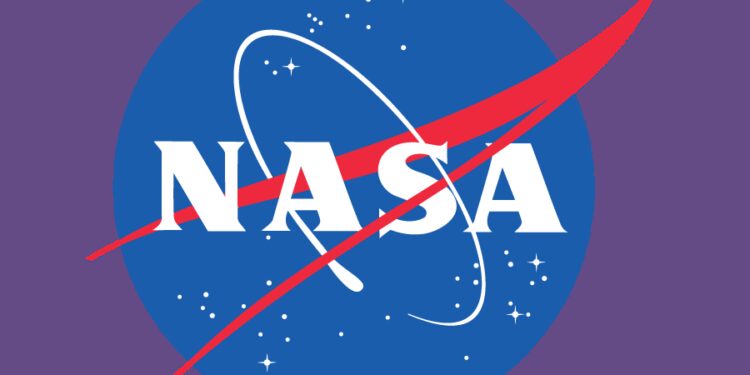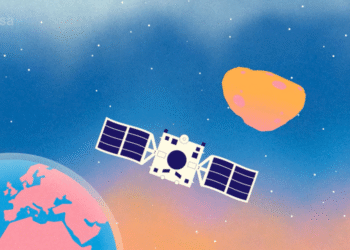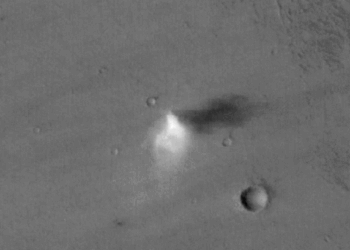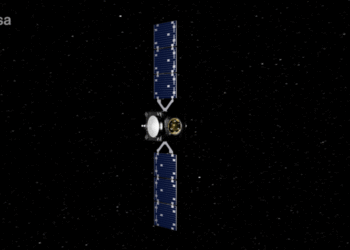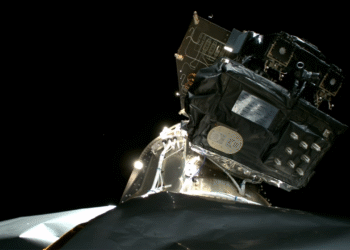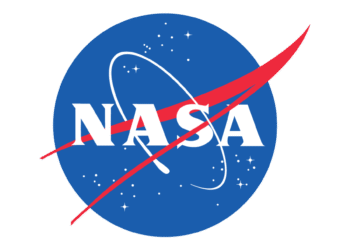NASA recently concluded its highly anticipated Lunar Trailblazer mission following an unexpected loss of communication. This mission, which aimed to deepen our understanding of the Moon’s surface and resources, faced technical challenges that ultimately led to its premature termination.
Objective and Significance
The Lunar Trailblazer mission was designed to map and analyze water ice and other minerals on the Moon, greatly contributing to humanity’s aspiration for extended lunar exploration. This mission was part of NASA’s larger effort to establish a sustainable human lunar presence. Key objectives included:
- Identifying and quantifying water ice deposits on the Moon
- Studying lunar terrain to understand its geological history
- Providing crucial data for future missions aimed at lunar resource utilization
Challenges Encountered
Despite the mission’s ambitious goals, it encountered significant difficulties. Communication problems were a major barrier, eventually leading to the mission’s unexpected end. These technical hurdles highlight the complexities involved in space exploration and the continuous need for advancements in technology and contingency planning.
Impact on Future Missions
Though terminated, the lessons learned from the Lunar Trailblazer mission will undoubtedly inform and refine future missions. The knowledge gained from the technical challenges faced will contribute to improving communication systems and troubleshooting methods in space missions. NASA remains committed to its lunar objectives, and upcoming missions will benefit from the insights gained during this endeavor.
For more information, you can view the official announcement and further details on the mission’s conclusion on NASA’s website.


